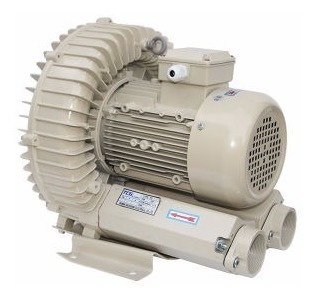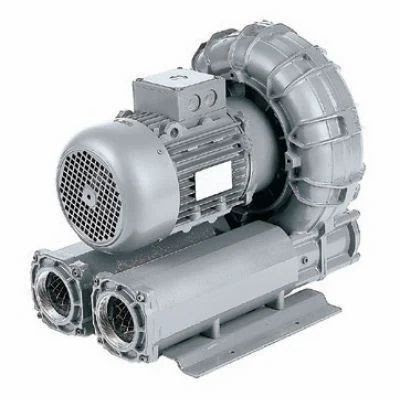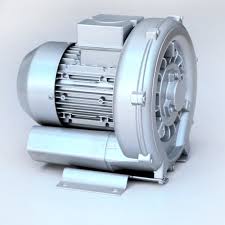How do you test a blower motor relay?
To test a blower motor relay, you can use a multimeter to check for continuity and voltage. First, locate the relay and remove it from its socket. Then, test the relay’s coil by checking for continuity between terminals 85 and 86. Next, test the relay’s contacts by checking for continuity between terminals 30 and 87 (or 87a) when the relay is energized and de-energized. A faulty relay may exhibit open circuits, no continuity, or improper switching.
Here’s a more detailed breakdown:
1. Identify the Relay and Terminals:
- Locate the blower motor relay, often found in the engine compartment or under the dashboard.
- Identify the relay’s terminals (usually numbered 30, 85, 86, and 87 or 87a). Refer to a wiring diagram for your specific vehicle if needed.
2. Testing the Coil:
- Set the multimeter to the continuity setting (usually indicated by a diode symbol or a buzzer).
- Place one probe on terminal 85 and the other on terminal 86. If there’s a click when you apply power to these terminals, the coil is likely good.
- You should also hear a click if you apply power to these terminals with a jumper wire.
- If there is no click, check for resistance. A good relay coil should have some resistance, typically between 50 and 200 ohms. If the resistance is infinite (open circuit), the coil is bad.
3. Testing the Contacts:
-
De-energized:With no power applied to terminals 85 and 86, check for continuity between terminals 30 and 87a (or 87 if 87a is not present). There should be continuity.
-
Energized:Apply power to terminals 85 and 86 (using a jumper wire or by activating the system if it’s wired that way). Now, check for continuity between terminals 30 and 87 (or 87a). There should be continuity between 30 and 87, and no continuity between 30 and 87a (or the opposite if your relay is wired that way).
-
Open Circuits:If there is an open circuit (no continuity) when you expect there to be, or vice versa, the relay is likely faulty.
4. Troubleshooting:
- If the relay fails the coil test, it is likely bad and needs to be replaced.
- If the coil is good, but the contacts don’t switch properly, the relay is also likely faulty.
- If the relay appears to be good, but the blower motor still isn’t working, the problem may lie elsewhere in the system (blower motor, wiring, or other components).
Important Considerations:
- Always disconnect the battery before working with electrical components.
- Refer to a wiring diagram for your specific vehicle’s blower motor circuit.
- If you are uncomfortable working with electrical components, consult a qualified mechanic.
How does an industrial blower work?
Where can I get my leaf blower fixed?
How do you troubleshoot a leaf blower?
How do you service a leaf blower?
Can a blower motor be repaired?
How do you test a blower motor?
How do you test a blower motor relay?










